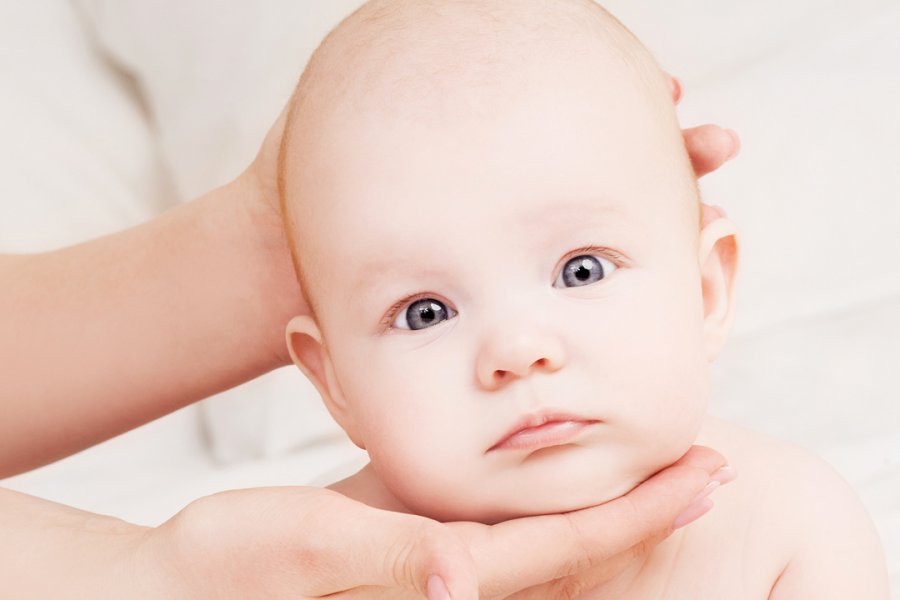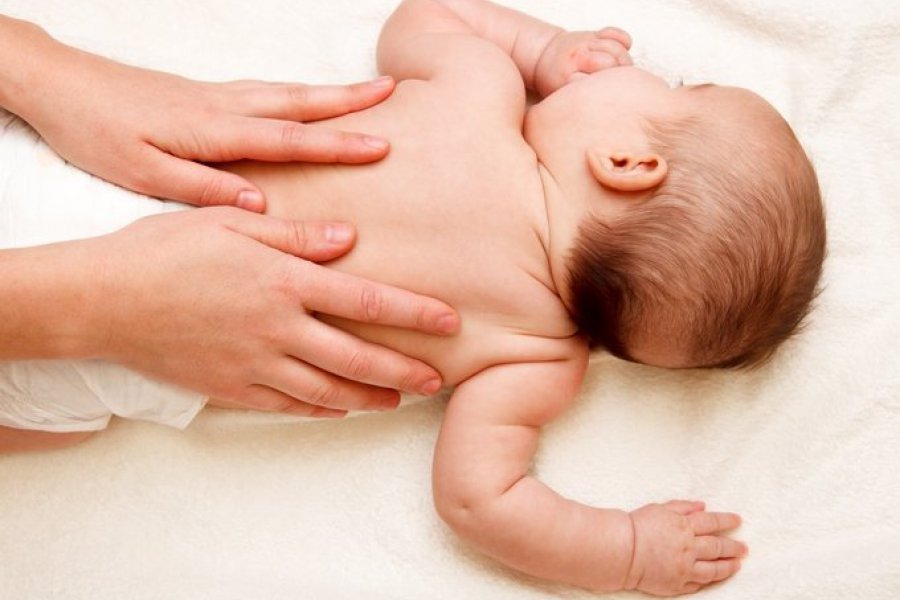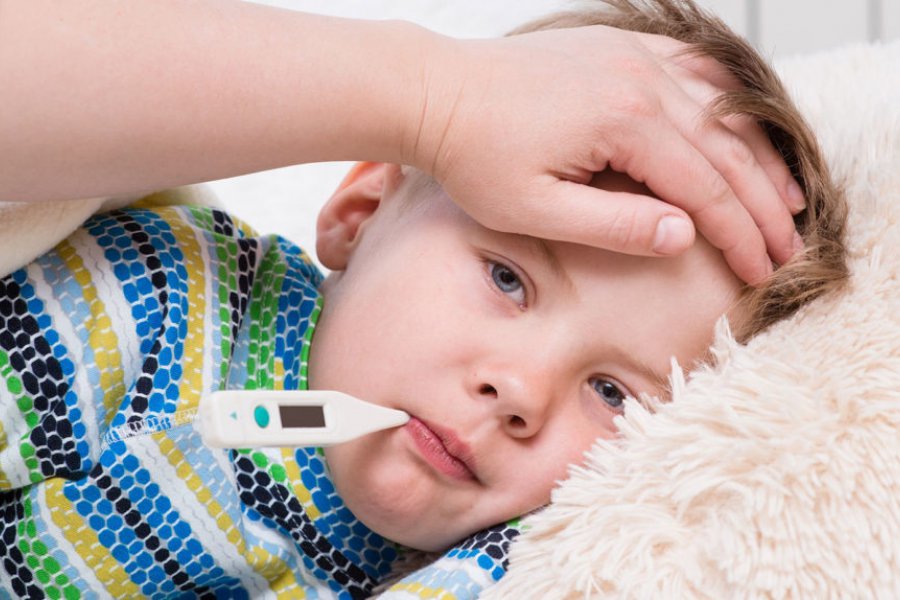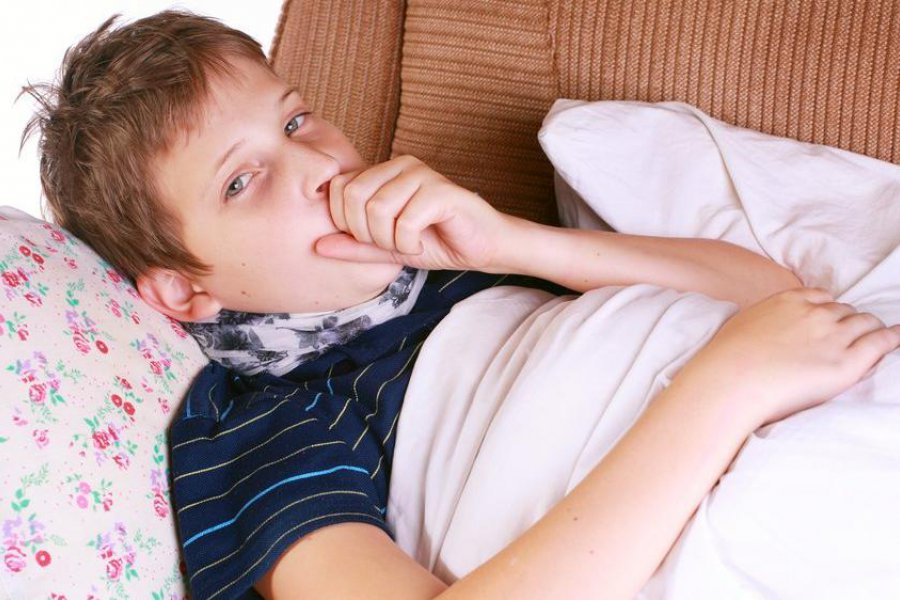Neck Curvature in Babies (Torticollis)
What is Torticollis?
Torticollis is a tilted neck. So it means curved neck. Although it develops due to different factors, it often develops as a result of contraction of the neck muscle (Neck muscle-Sternocloidomastoid-SCM). The neck muscle is a muscle that starts from the back of the head and extends to the collarbone, keeping the head straight on both sides of the neck.
Babies with torticollis (curvature of the neck) often saddle their head to the side of the affected neck muscle and turn their chin to the opposite side. It is seen that the baby always turns his head in the same direction. It is encountered in the neonatal period with a rate of about 0.4%. It is often noticed in the postnatal examination or in the first 2-3 months.
What Causes Neck Curvature Torticollis in Babies?
Torticollis occurs as a result of SCM contraction of the neck muscle. This is often called congenital torticollis. It may occur due to the position in the mother's womb (inverted posture-breech), conditions that affect the circulation of the muscle, or hematoma or fibrosis that develops as a result of the tearing of the muscle fibers during birth. In addition, due to the congenital defect of the neck bones, some neurological diseases, vision and hearing problems can also cause torticollis.
In fact, although the exact cause is still controversial, it is often thought that compression of the neck muscle in the womb or during birth or impaired circulation causes torticollis.
What Are the Symptoms of Torticollis?
Your baby often turns his head to the same side. He always looks the same way.
When viewed from the front, his head always appears tilted to one side. Especially when you look at the pictures, you will notice.
There is flattening (plagiocephaly) on one side of the back of the head and cambered on the other side.
When viewed from behind, one of his ears is visible in front.
Sometimes, facial changes can be facial asymmetry, such as a fuller cheek, a more open eye, and a crooked chin.
Sometimes palpable swellings can be felt on the neck muscle.
Neck Curvature (Torticollis) Treatment
First of all, babies do not feel pain due to torticollis. With regular and correct exercises, improvement can be achieved in a short time. In the treatment of torticollis, it is necessary to ensure that the contracted muscle relaxes and that the weak muscle on the opposite side is strengthened, so that the head stays in the midline properly. For this purpose, first of all, parents can make their baby do some exercises at home.
The aim of the treatment of neck curvature in infants is to ensure that the position of the baby's head is in the midline, to do stretching exercises, to strengthen the weak muscle on the opposite side and to make movements to support motor development. According to the degree of torticollis, how much these exercises should be done in each baby should be shown to the parents and followed by a physiotherapist.
1-Position Arrangement: While feeding your baby, while playing games, it is necessary to give stimulus so that the neck, which is always curved, looks to the other side while carrying it on your own lap. In short, make your baby look and turn to the opposite side of the neck curvature. Put toys, make noises, try to hold them in the lap so that the short muscle lengthens while carrying it on your lap.
2- Stretching Exercises: These exercises are done to soften the hardened muscle. Start the movements lightly. Increase gradually as your baby tolerates it. Practice when happy and at peace. Talk, sing and communicate during exercise. Limit exercises to 30 seconds. But if he resists, leave sooner. Try to practice the exercises 4-5 times during each diaper change during the day.
3-Muscle strengthening Exercises: As your baby gains head control, it is necessary to do exercises to strengthen the weak neck muscle. Hold the baby in certain positions and have him raise his head against gravity. This will strengthen the muscle.
4-Supporting Motor Development: While your baby is growing, it is necessary to do some exercises to support motor development and help balance and muscle development. No matter what position your baby is in, such as supine, prone or sitting, put toys with sound and light to turn their head to the opposite side of the side with torticollis. Have it face the opposite direction. Do prone and supine rotation exercises. Also, do sitting exercises so that your neck is directed in the opposite direction.
Torticollis often resolves within 10-12 months with exercises performed in the first months, muscle strengthening movements and support of motor development. After recovery, it can sometimes be noticed that some babies still tilt their head slightly when they are tired, sleepless or sick. In cases that do not improve until the age of one year, surgical intervention may be required.





